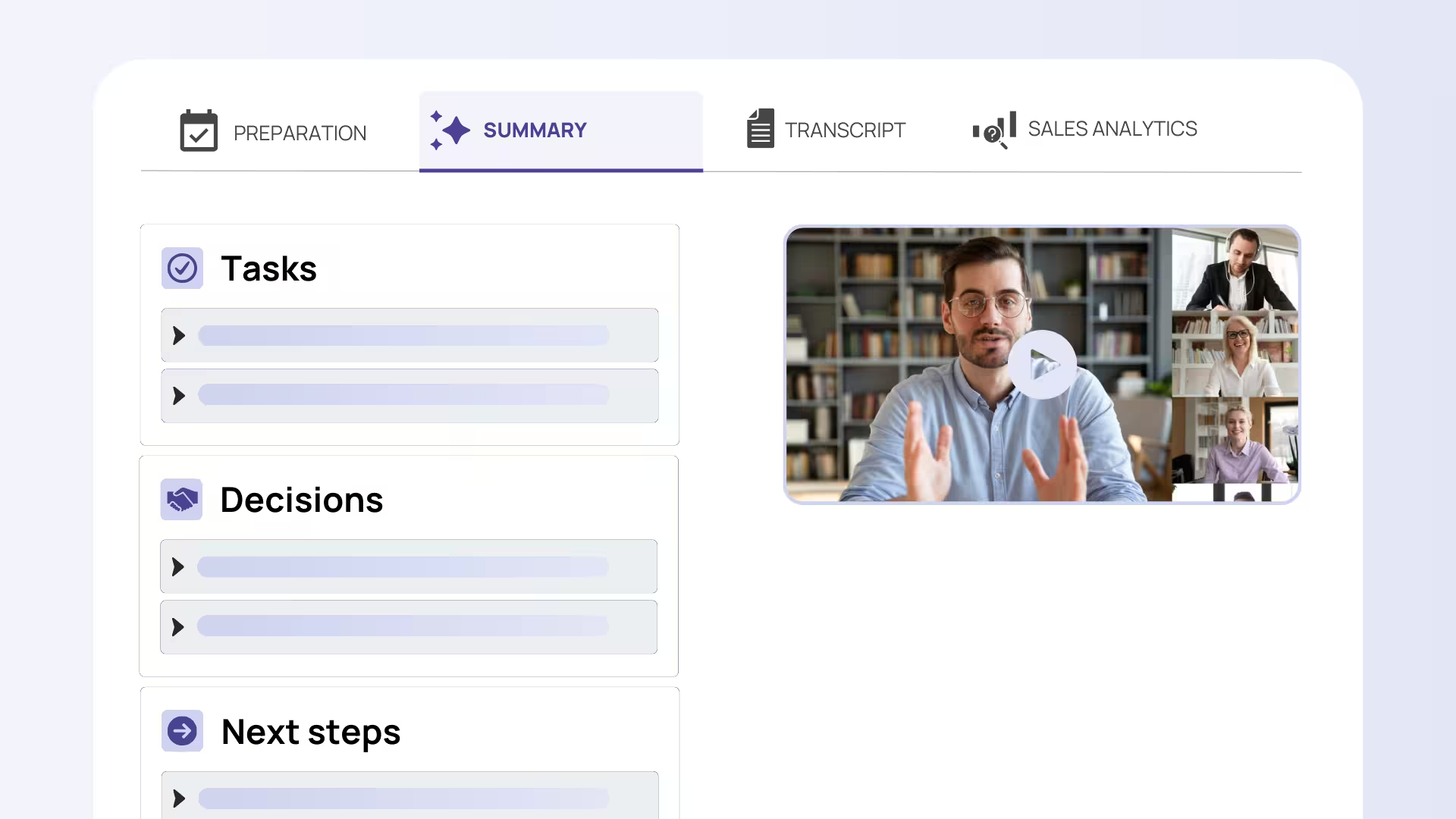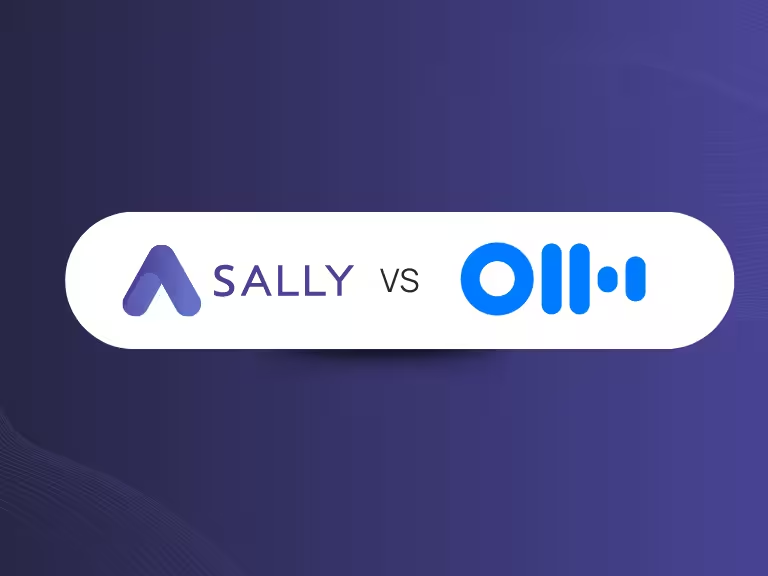Table of Contents
A board meeting is a formal gathering where directors or governing body members make critical decisions that shape an organization's future. These structured sessions serve as the backbone of corporate governance, ensuring accountability, strategic alignment, and effective oversight of management operations.
Board meetings are far more than routine checkpoints. They represent the arena where strategic vision meets operational reality, where diverse perspectives converge to guide organizational direction, and where fiduciary responsibilities are fulfilled. For companies of all sizes, these meetings ensure that leadership remains focused on long-term goals while maintaining transparency with stakeholders.
Understanding how to structure, conduct, and optimize board meetings is essential for any organization seeking effective governance. This article will explore the fundamental elements of successful board meetings, from basic definitions to modern best practices, including how technology and inclusive approaches can enhance decision-making processes.
What is a Board Meeting? Definition and Purpose
Definition of a Board Meeting
A board meeting is a formal gathering of a board of directors or governing body where members collectively address organizational matters, make strategic decisions, and fulfill their fiduciary duties. These meetings operate within specific legal and organizational contexts, with many institutions legally required to hold regular board meetings to maintain proper governance standards.
Typical attendees include board members, executive leadership, and occasionally external advisors or subject matter experts. The composition varies depending on the organization's structure, but the core purpose remains consistent: ensuring proper oversight and strategic guidance.
Purpose of Board Meetings
Board meetings serve multiple critical functions within organizational governance. They provide oversight of management and operations, ensuring that executive decisions align with the organization's mission and stakeholder interests. During these sessions, boards approve budgets and major financial decisions, review performance metrics, and assess risk management strategies.
These meetings also facilitate the setting and reviewing of strategic goals, helping organizations navigate complex market conditions and long-term planning challenges. Compliance monitoring represents another crucial purpose, as boards ensure adherence to regulatory requirements and governance standards. Most importantly, board meetings enable collective decision-making, bringing together diverse expertise and perspectives to address complex organizational challenges.
Structure and Logistics of Board Meetings
Meeting Scheduling and Frequency
Board meeting frequency varies significantly based on organizational needs and regulatory requirements. Many companies schedule monthly meetings for ongoing oversight, while others operate on quarterly cycles to align with financial reporting periods. Some organizations, particularly smaller nonprofits, may meet annually with additional sessions called as needed.
Factors influencing timing include industry dynamics, organizational size, regulatory obligations, and current strategic priorities. For example, companies navigating major transitions or facing significant challenges often increase meeting frequency to ensure adequate oversight and support.
Creating an Effective Agenda
A well-structured board meeting agenda serves as the foundation for productive discussions. Effective agendas prioritize topics based on strategic importance, allocate appropriate time for each item, and include supporting documents that enable informed decision-making.
Best practices include circulating agendas at least one week before the meeting, allowing participants to prepare thoughtfully. The agenda should clearly outline discussion topics, decision points, and any pre-reading materials. This preparation time is crucial for meaningful engagement and prevents meetings from becoming mere information-sharing sessions.

Participant Roles and Responsibilities
The chairperson leads board meetings, facilitating discussions, ensuring agenda adherence, and maintaining productive dialogue. This role requires strong leadership skills and the ability to manage diverse viewpoints while keeping the meeting focused on strategic objectives.
Board members participate actively in discussions, contribute their expertise, and make informed decisions on organizational matters. The secretary handles minute-taking and documentation, creating accurate records of decisions and action items. Executive leadership and guests provide reports, expert input, and operational context to support board decision-making.
Meeting Formats and Locations
Traditional in-person meetings in boardroom settings remain popular, offering direct interaction and relationship-building opportunities. However, virtual and hybrid meetings have gained significant traction, utilizing platforms like Zoom and Microsoft Teams to enable broader participation and reduce travel costs.
Public versus private meeting considerations vary by organization type. Public companies and nonprofit organizations often broadcast certain meetings to ensure transparency and stakeholder engagement. Many organizations now incorporate accessibility features, such as closed captioning and multiple participation options, to promote inclusive governance.
Best Practices for Effective and Inclusive Board Meetings
Preparation and Communication
Effective board meetings begin well before participants gather. Distributing comprehensive agendas and briefing materials at least one week prior enables members to research topics, formulate questions, and prepare meaningful contributions. This preparation time transforms meetings from information-sharing sessions into strategic decision-making forums.
Pre-meeting communication should include clear expectations, background materials, and contact information for questions or clarifications. When participants arrive prepared, discussions become more focused and productive.
Managing Meeting Flow and Time
Successful board meetings require disciplined time management and structured facilitation. Sticking to scheduled times and agenda items prevents meetings from becoming unfocused or overly lengthy. Effective chairpersons encourage focused discussions while managing divergent views constructively.
Time allocation should reflect topic importance, with strategic matters receiving adequate attention while routine items are handled efficiently. This balance ensures that crucial decisions receive proper consideration without overwhelming participants with lengthy sessions.

Fostering Engagement and Inclusion
Promoting diverse perspectives and equitable participation enhances decision quality and organizational outcomes. Research consistently shows that diverse boards make better decisions and assess risks more effectively. Inclusive dialogue techniques, such as ensuring equitable speaking time and proactive facilitation, help capture the full value of board diversity.
Addressing unconscious bias and fostering psychological safety creates an environment where all members feel comfortable contributing their unique perspectives. This approach leads to more robust discussions and better strategic outcomes.
Documentation and Follow-Up
Accurate minute-taking and decision recording create essential organizational records and ensure accountability. Minutes should capture key decisions, rationale, and assigned action items with clear responsibilities and deadlines.
Utilizing tools like task trackers or digital dashboards helps monitor progress on board decisions. This systematic approach ensures that board directives translate into organizational action and prevents important initiatives from falling through the cracks.
Leveraging Technology for Efficiency
Modern board meetings benefit significantly from technology integration. Board portals enable secure document sharing, agenda management, and streamlined communication between meetings. These platforms provide convenient access to historical documents and decision records.
Virtual and hybrid meeting best practices include ensuring robust security measures, maintaining participant engagement through interactive features, and providing adequate technology training for all participants. AI-powered tools like Sally can enhance meeting productivity by providing automated transcription, summarization, and integration with project management systems, helping boards track action items and maintain comprehensive records.

Emerging Trends and Additional Considerations in Board Meetings
Emphasizing Diversity and Inclusion
Research consistently demonstrates that diverse boards deliver superior decision-making and risk assessment capabilities. McKinsey & Company's 2020 research shows that companies with diverse boards outperform their peers across multiple performance metrics.
Strategies for increasing board diversity include expanding recruitment networks, implementing inclusive meeting practices, and regularly assessing board composition. Creating an environment where diverse voices are heard and valued maximizes the strategic advantage of varied perspectives.
Integration of Technology and AI Tools
Virtual meeting platforms have become standard tools for modern boards, enabling flexible participation and broader stakeholder involvement. The growing adoption of these technologies has transformed traditional governance approaches.
AI-powered meeting assistants represent an emerging trend in board governance. Tools like Sally provide automated transcription, meeting summarization, and integration with CRM and project management software, enhancing meeting productivity and follow-up capabilities. These technologies help boards maintain comprehensive records while focusing on strategic discussions rather than administrative tasks.
Accountability and Follow-Up Mechanisms
Systematic tracking of action items ensures that board decisions translate into organizational outcomes. Automated reminders and performance dashboards help maintain momentum on strategic initiatives and provide visibility into implementation progress.
Closing the governance loop through effective follow-up mechanisms ensures that board oversight extends beyond meeting rooms into operational execution. This approach strengthens the connection between governance and organizational performance.
Real-World Case Studies
Tesla's quarterly board meetings demonstrate effective agenda management, with detailed preparation packs enabling rapid strategic decision-making despite the company's fast-paced environment. Their approach shows how thorough preparation can enhance decision quality and speed.
Many nonprofit organizations build stakeholder trust by publishing meeting agendas and minutes publicly, demonstrating transparency and accountability. These practices show how open governance can strengthen community relationships and organizational credibility.

Conclusion: Maximizing the Value of Your Board Meetings
Well-structured, purposeful board meetings form the foundation of effective organizational governance. Success depends on thorough preparation, inclusive participation, and strategic use of modern technology tools. The most effective boards combine traditional governance principles with contemporary approaches to diversity, technology, and accountability.
The critical role of follow-up cannot be overstated – turning board decisions into organizational action requires systematic tracking and accountability mechanisms. Tools like Sally and other meeting technologies can significantly enhance this process by providing comprehensive documentation and integration capabilities.
Continuous improvement through regular feedback and adaptation to emerging tools and practices ensures that board meetings remain valuable strategic forums. By applying these insights and embracing both traditional governance wisdom and modern innovations, organizations can enhance their governance effectiveness, strategic decision-making, and overall organizational outcomes.
The investment in optimizing board meetings pays dividends through improved strategic alignment, enhanced stakeholder confidence, and stronger organizational performance. As governance continues to evolve, the organizations that master these fundamentals while embracing beneficial innovations will be best positioned for long-term success.

Try meeting transcription now!
Experience how effortless meeting notes can be – try Sally free for 4 weeks.
Test NowOr: Arrange a Demo Appointment





